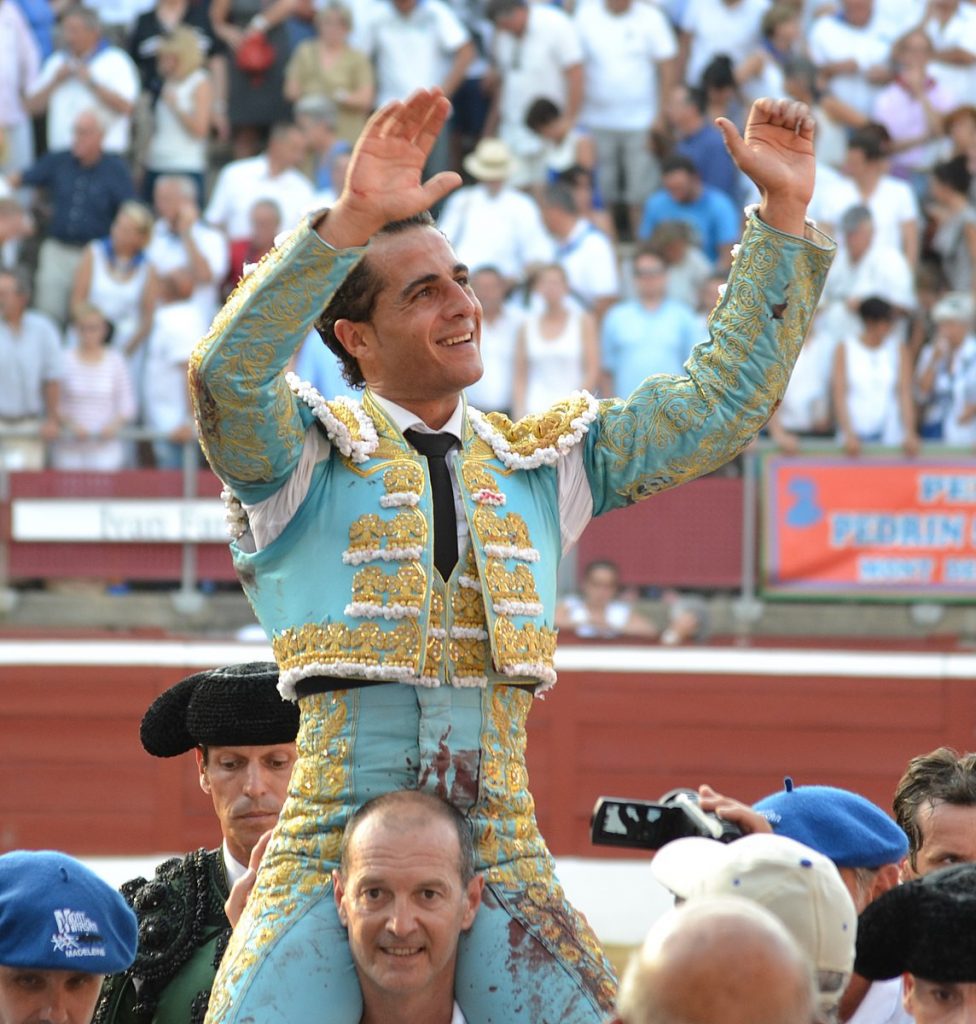How have Iván Fandiño’s final words been remembered by the bullfighting community? What changes, if any, have been proposed in bullfighting rules after his death?
In the dusty ring of a small French town, a moment of bravery turned into tragedy. A Spanish bullfighter, known for facing the fiercest bulls, met his end in a way no one expected.
What were his final words, and what do they tell us about his life and the dangerous world of bullfighting?
This is the story of Iván Fandiño, a man whose courage and fate are still remembered today.
Iván Fandiño’s Final Words

On June 17, 2017, Iván Fandiño, a 36-year-old matador from Spain’s Basque Country, stepped into the bullring at the Aire-sur-l’Adour festival in southwest France.
He was no stranger to danger, having faced hundreds of bulls over his 12-year career. Known for taking on animals others avoided, Fandiño was a respected figure in bullfighting.
That day, he had already competed once, but his second performance would be his last.
During the fight, Fandiño attempted a move to guide the half-ton bull with his cape. His feet got tangled in the fabric, and he fell to the ground.
The bull, named Provechito, charged, piercing Fandiño’s torso with its horn. The injury was severe, damaging his lungs, liver, and kidneys.
Fellow matadors rushed to carry him out of the ring, but the damage was done. As he was taken to the hospital, Fandiño spoke his haunting final words: “Hurry up, I’m dying.”
A Life of Courage and Controversy

Fandiño’s death shocked the bullfighting world. He was a father and a husband, admired for his fearless style.
His career was marked by injuries, like being thrown into the air in Pamplona in 2015 and knocked unconscious in Bayonne in 2014.
Yet, he always returned to the ring. His death was the first matador fatality in France in nearly a century, since 1921, when another bullfighter died in Béziers.
Bullfighting itself is a divisive tradition. Supporters see it as a cultural art form, especially in Spain and parts of France, where it remains legal despite protests.
Critics, including animal rights groups, call it cruel, pointing to the 1,000 bulls killed annually in French bullfights.
Fandiño’s death reignited debates, with some mourning a hero and others questioning the sport’s place in modern times.
A Legacy That Lives On

After Fandiño’s death, tributes came from across Spain. King Felipe VI called him a “great bullfighting figure,” and Prime Minister Mariano Rajoy honored his legacy.
Bullrings held moments of silence, and fans laid flowers in his memory. His death followed another tragedy less than a year earlier, when matador Víctor Barrio was gored on live television in Spain.
